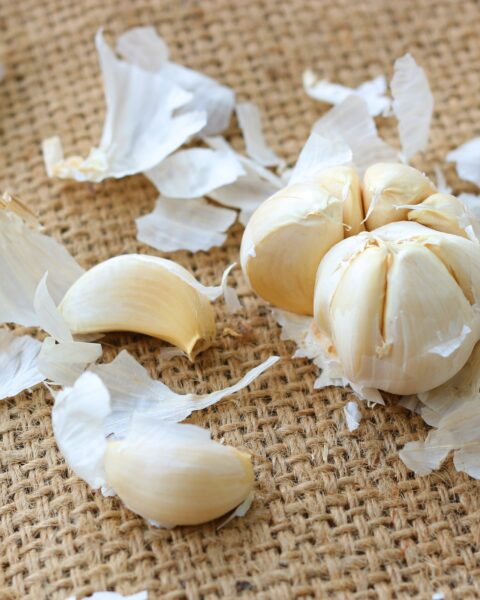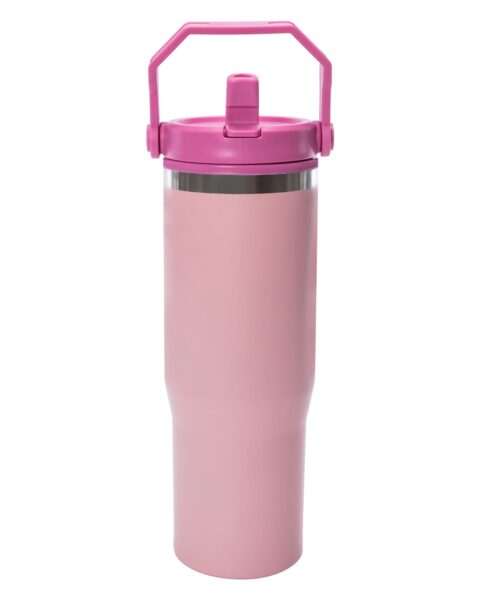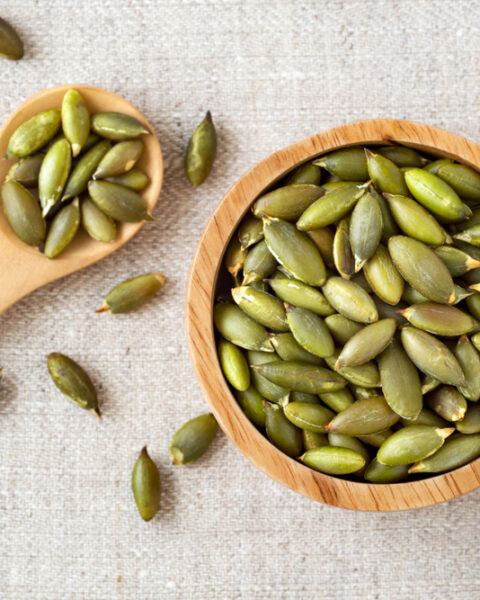Ever glanced at your kitchen countertop and wondered if you’re really using that space wisely? You’d be surprised how many common items we leave out that really shouldn’t be there. Keeping them elsewhere can actually make a big difference. It helps in keeping your space tidy, your items lasting longer, and your food safer. It’s not just about keeping things tidy; some items can even pose risks or lose effectiveness if they’re not stored properly.
Contents
- 1 Medications
- 2 Knives
- 3 Cutting Boards
- 4 Cookbooks
- 5 Coffee Makers
- 6 Electronics
- 7 Phone Chargers
- 8 Oil Bottles
- 9 Spices
- 10 Mugs and Glasses
- 11 Plates and Dishes
- 12 Cleaning Products
- 13 Storage Containers
- 14 Papers
- 15 Junk Food
- 16 Rarely Used Appliances
- 17 Bread
- 18 Raw Meat and Fish
- 19 Fresh Fruits and Vegetables
- 20 Canned Food
- 21 More From RetailShout
- 22 10 Superfoods to Boost Your Smoothie’s Health Benefits
- 23 10 Polarizing Candy Flavors You Have to Try
Medications

Storing medications on kitchen countertops exposes them to heat, humidity, and light, all of which can degrade their effectiveness. The kitchen’s central location also makes medications more accessible to children or pets, posing a risk of accidental ingestion. It’s better to store them in a cool, dry, secure cabinet.
Knives
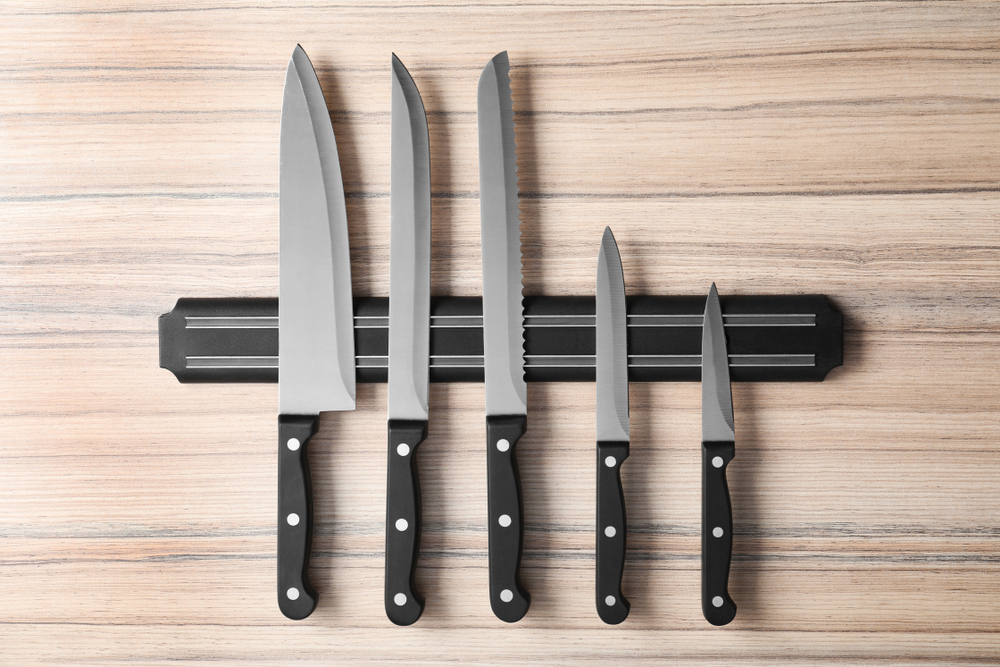
While a knife block on the countertop may seem convenient, it can be hazardous, especially in households with children. Knives should be stored in a drawer with a secure organizer or a magnetic strip out of reach of children. Also, leaving knives out can dull their blades faster as they may come into contact with other metals or hard surfaces.
Cutting Boards
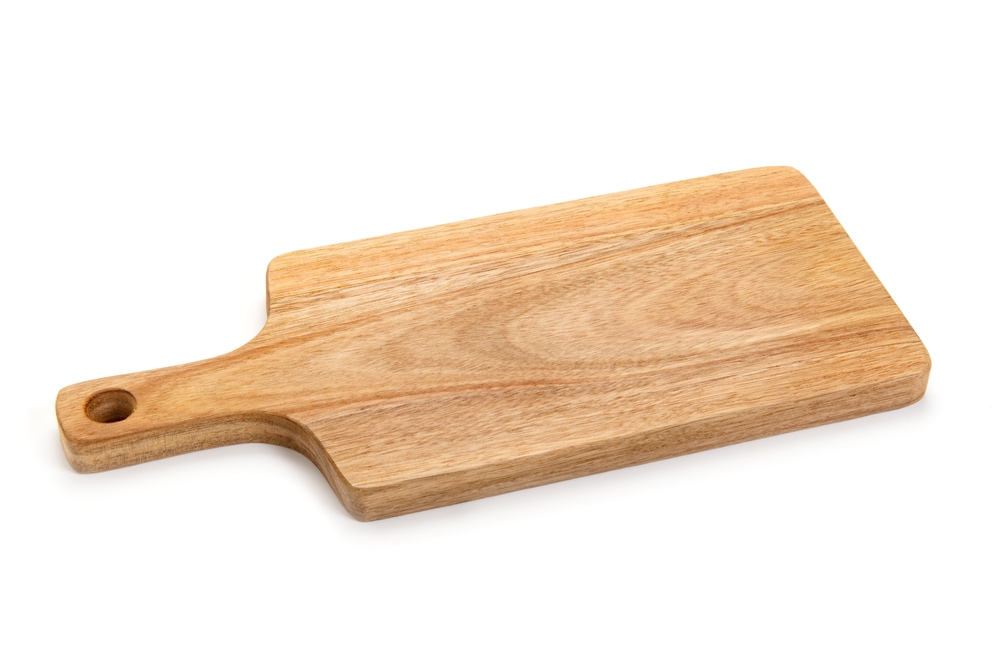
Cutting boards should not be stored on countertops as they can harbor bacteria from food residues, which can cross-contaminate other foods. Frequent exposure to the air can also dry out wooden boards, causing them to crack. It’s better to store them upright in a dry cabinet or a dedicated storage rack.
Cookbooks
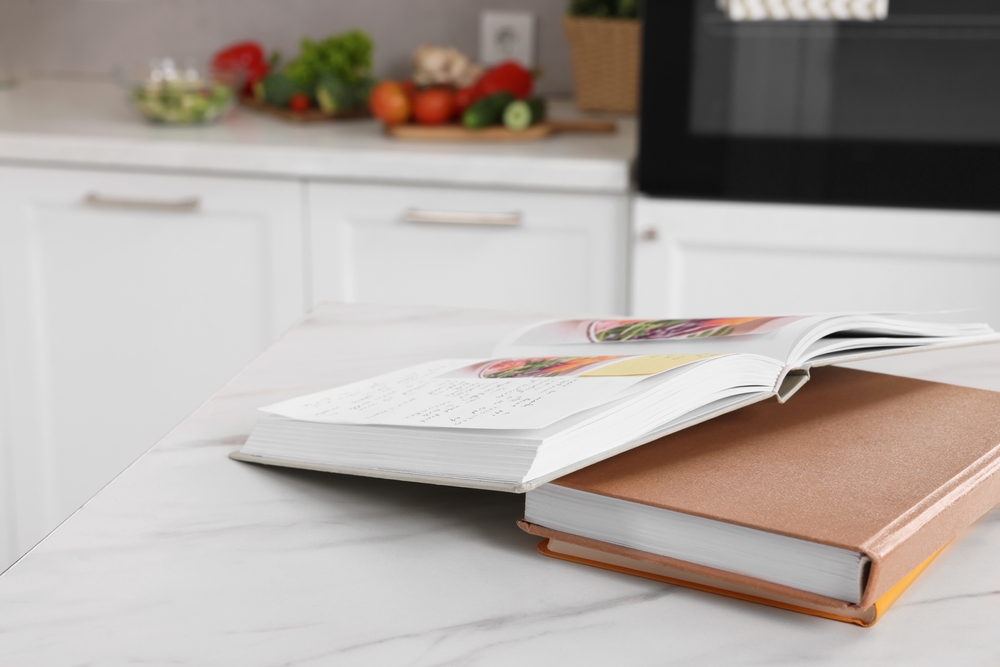
Cookbooks on countertops can easily become soiled with food splashes or grease, deteriorating their pages over time. It also clutters the space, which can be limited in many kitchens. Store cookbooks on a bookshelf or in a cabinet away from heat and moisture. Exposing cookbooks to kitchen vapors and splatters can also make them sticky and unpleasant to handle.
Coffee Makers
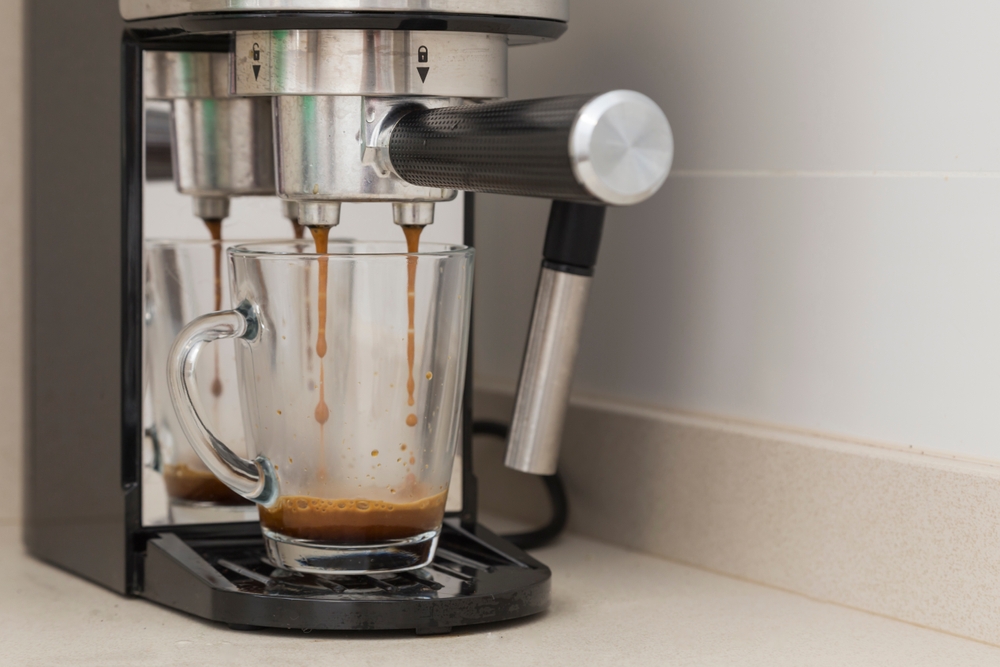
Coffee makers often accumulate moisture, which can promote the growth of mold and bacteria if not cleaned and dried regularly. Placing them on the countertop can take up valuable space. Ideally, store your coffee maker in a cabinet and only bring it out when needed. Also, coffee makers can attract ants and other pests if not cleaned properly.
Electronics

Electronics like tablets or laptops are at risk of damage from spills and splatters when left on kitchen countertops. Heat and steam from cooking can also harm electronic components. It’s safer to keep electronics in a dry, cool place away from the cooking area. Persistent exposure to kitchen grease can lead to difficult-to-clean surfaces on electronic devices.
Phone Chargers
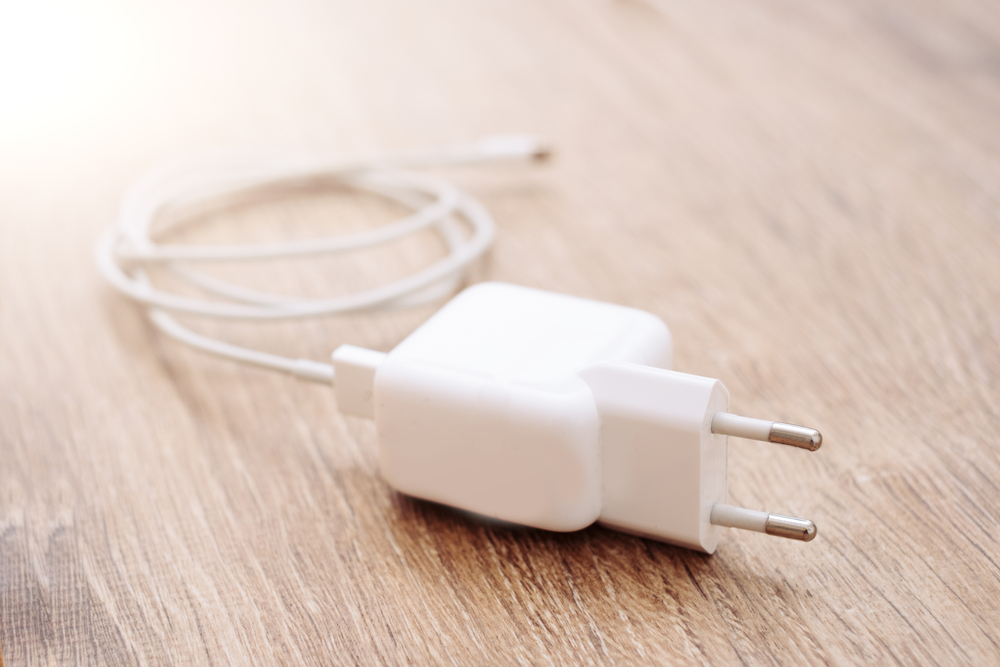
Chargers attract clutter and can easily become damaged in the busy kitchen environment. They also pose a fire risk if they come into contact with water. Store chargers in a designated charging station away from potential hazards. Chargers and cables can also become tripping hazards if left on countertops.
Oil Bottles
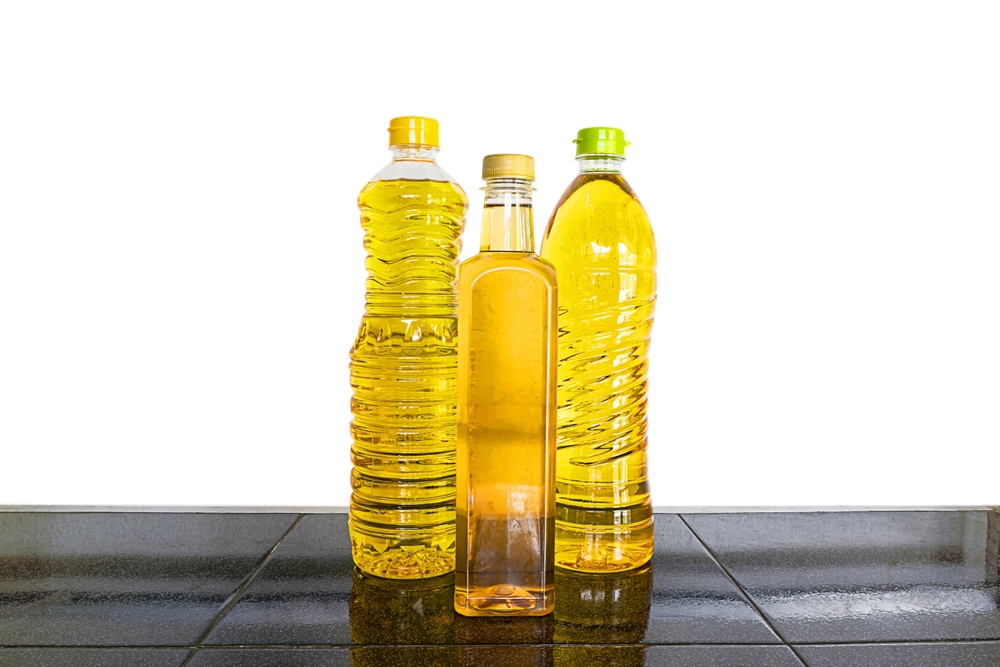
Oils should be stored in a cool, dark cabinet to prevent oxidation and rancidity caused by exposure to light and heat. Storing oils on the countertop near the stove can degrade their quality faster. Direct sunlight can also affect the taste and health benefits of oils.
Spices
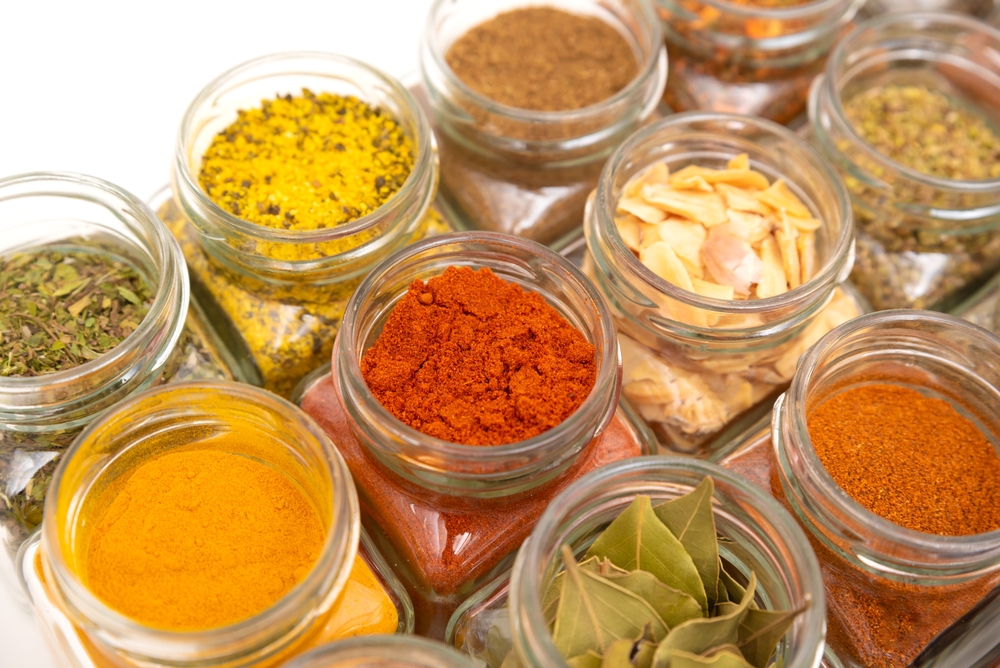
Similar to oils, spices lose their flavor and potency when exposed to heat, light, and humidity. It’s best to keep spices in a cool, dark drawer or spice rack inside a cabinet. Spices left on countertops can also absorb odors from cooking, which can alter their flavors.
Mugs and Glasses
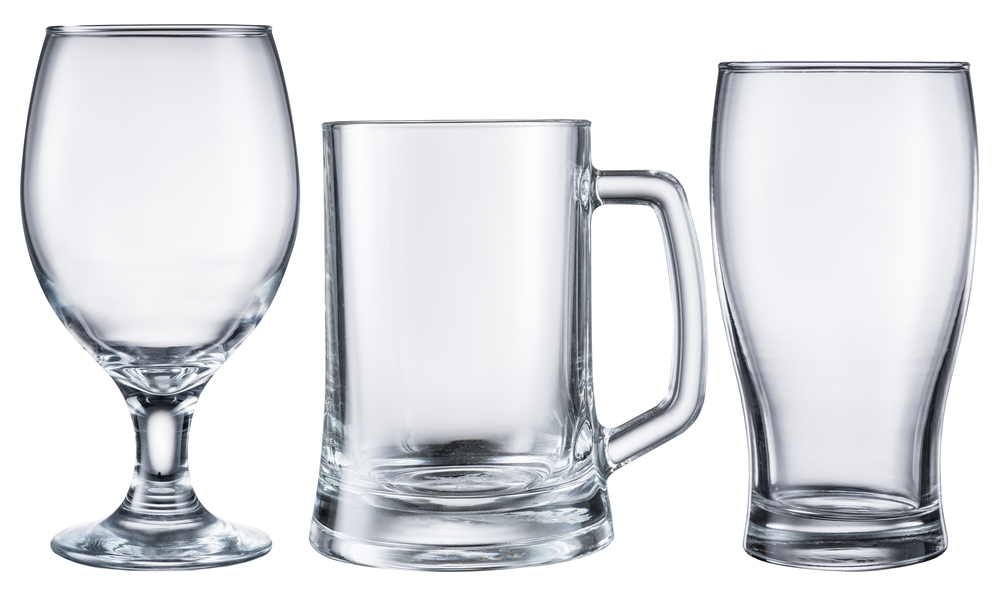
Storing mugs and glasses on countertops can lead to dust accumulation and accidental breakages. It’s more efficient to store them in an overhead cupboard or a dedicated mug tree away from the cooking area. This also helps in maintaining a more organized and aesthetically pleasing kitchen.
Plates and Dishes
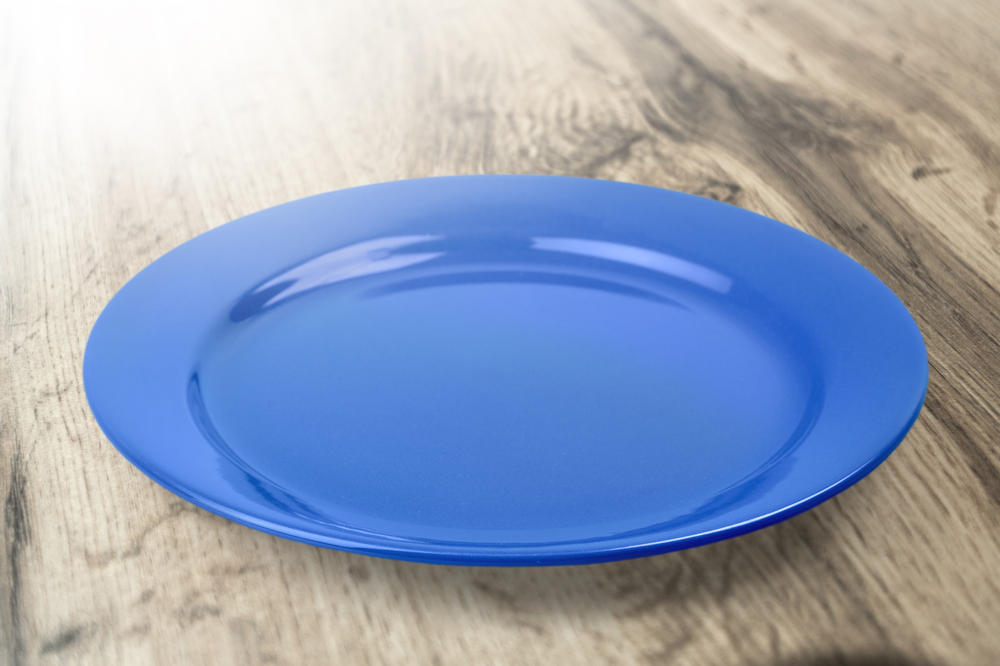
Like mugs and glasses, plates and dishes are better stored away in cabinets to avoid clutter and the risk of them being knocked over. This storage method helps protect dishes from grease and grime that accumulate in cooking areas.
Cleaning Products
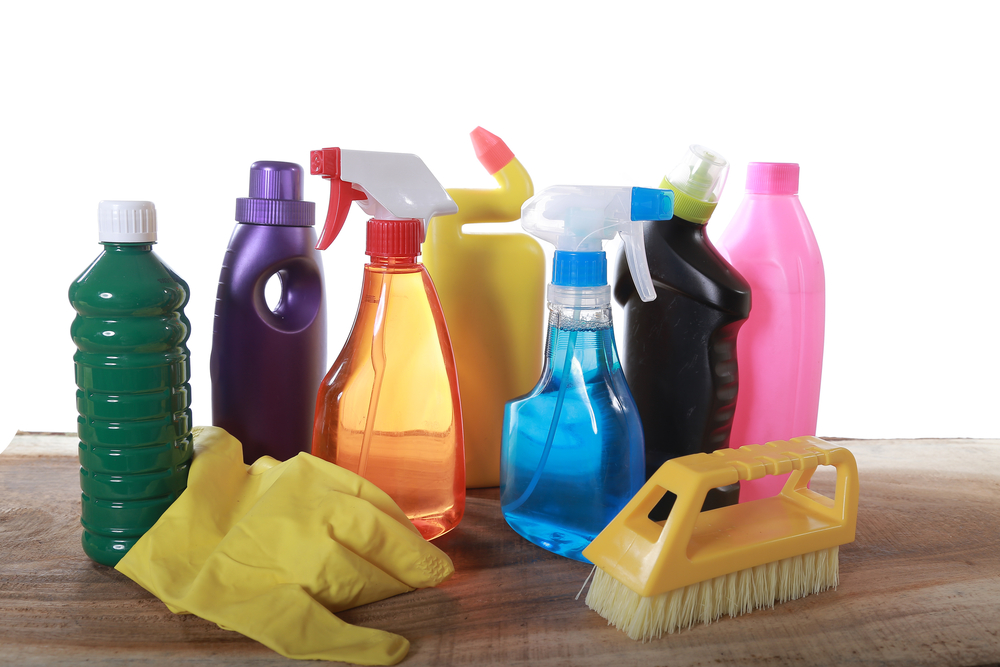
Cleaning products can be hazardous if stored on countertops, especially in homes with children or pets. They should be kept under the sink with a child-proof lock or in a high cabinet. Keeping them on countertops could also lead to accidental ingestion or chemical contamination of food surfaces.
Storage Containers
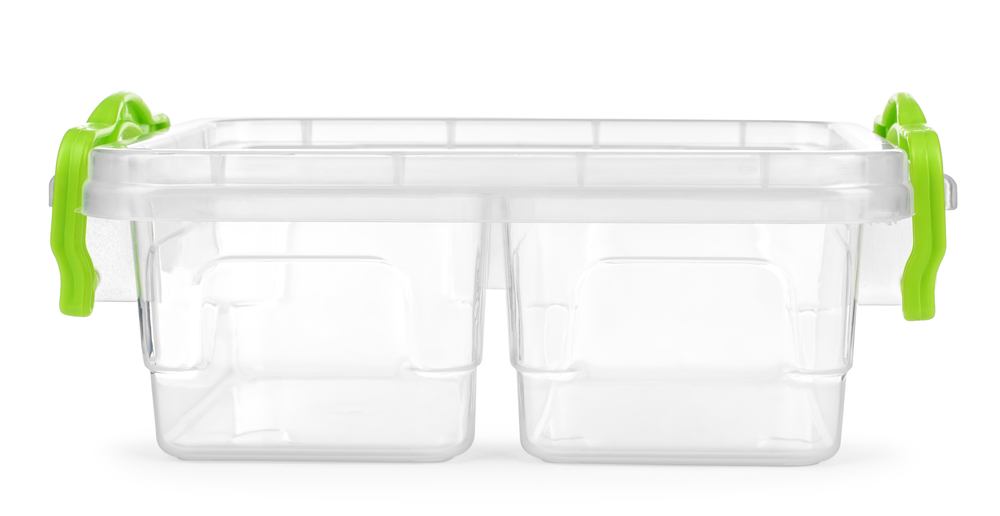
While handy, storage containers can clutter countertops quickly. They are best kept organized in a pantry or cupboard. This helps keep the kitchen looking neat and maximizes the use of available space.
Papers

Papers on kitchen countertops are a fire hazard and can become soiled or lost. Store papers in a designated office area or a drawer away from the kitchen. This will also help in maintaining a cleaner and more organized space for cooking and dining.
Junk Food
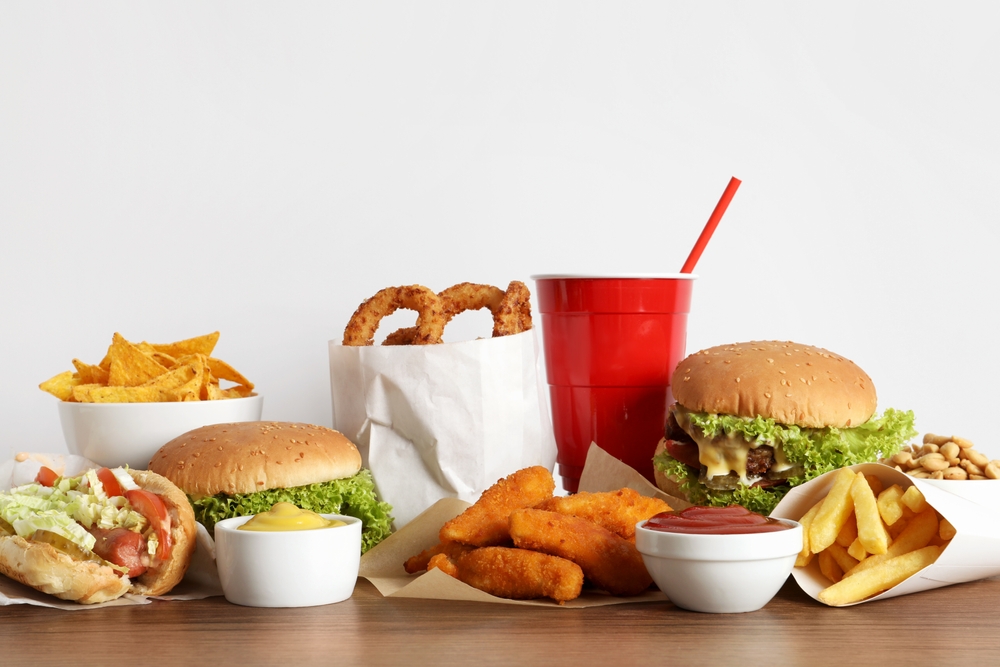
Keeping junk food on countertops can encourage unhealthy eating habits. It’s better to store them out of sight to avoid temptation. This can also contribute to better dietary choices and a cleaner kitchen environment.
Rarely Used Appliances
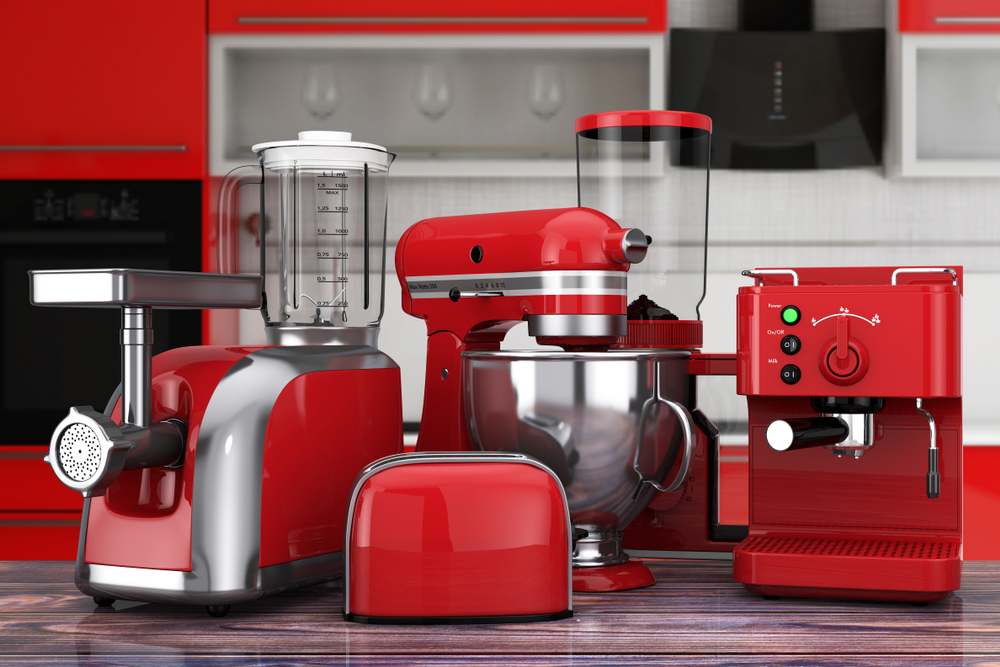
Appliances that are not used regularly can take up space that could be better utilized. Consider storing them in a basement or utility room. This clears up the counter for essential daily use items and activities.
Bread
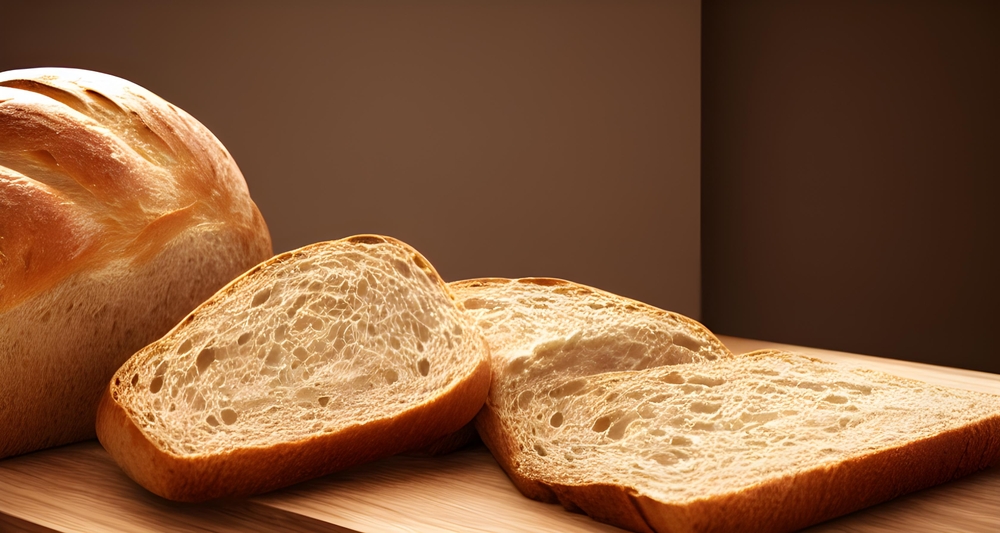
Bread can mold quickly if left on countertops. A bread box or a cool, dark pantry shelf is a better storage option to extend its freshness. Plus, bread boxes can add a decorative touch to your kitchen while keeping bread fresher longer.
Raw Meat and Fish
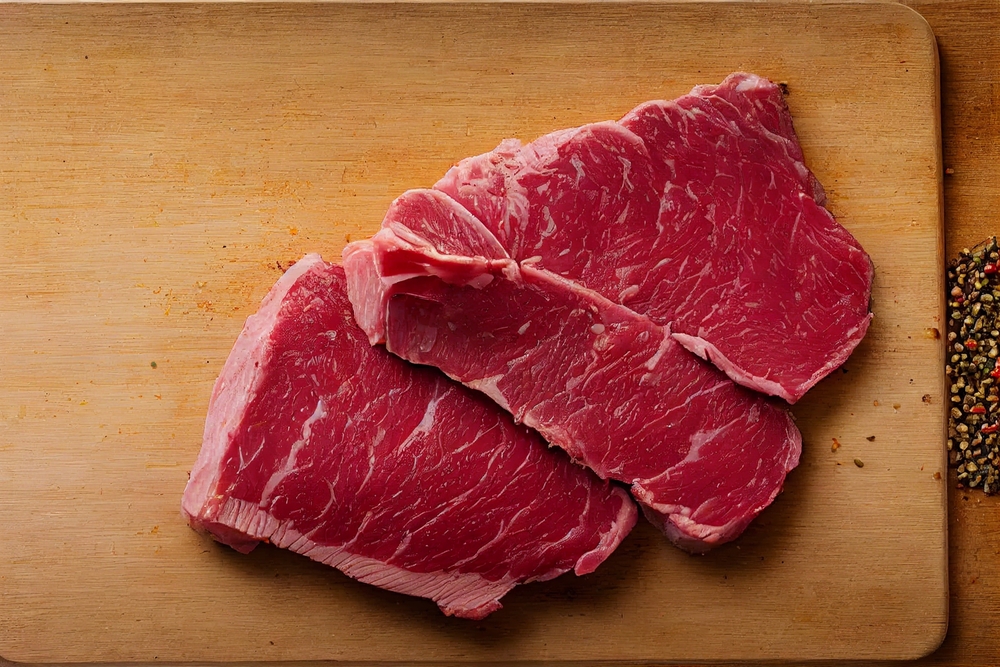
These should never be left out due to the risk of bacterial growth and cross-contamination. Always store them in the refrigerator or freezer. This is essential for maintaining food safety and preventing foodborne illnesses.
Fresh Fruits and Vegetables
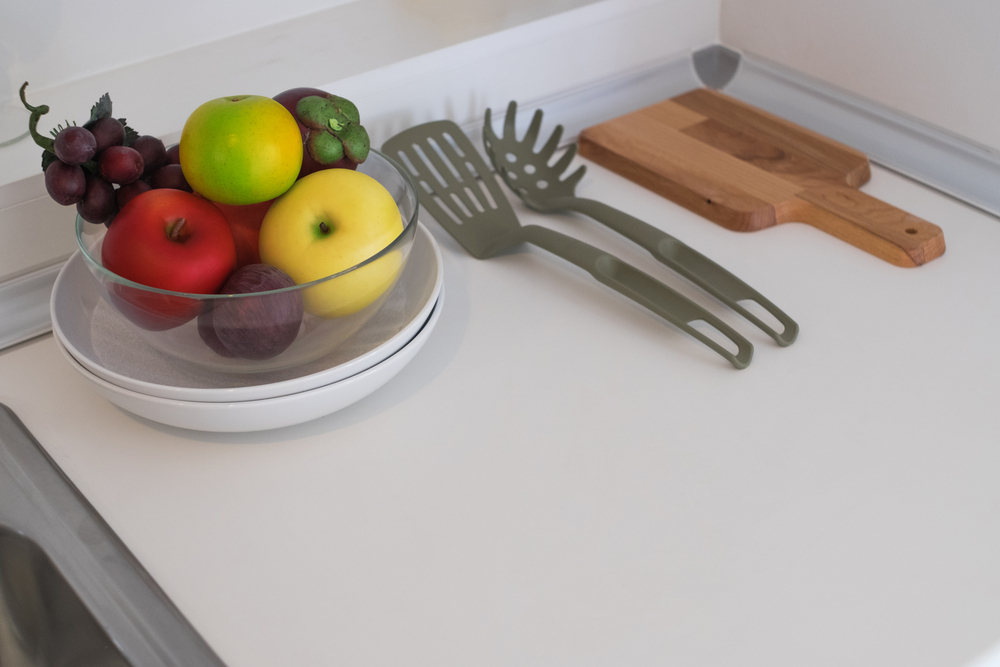
Some fruits and vegetables emit gases that can cause others to ripen and spoil faster. Store sensitive items separately in the refrigerator or a fruit basket away from sunlight. This also helps in maintaining the freshness and nutritional value of the produce.
Canned Food
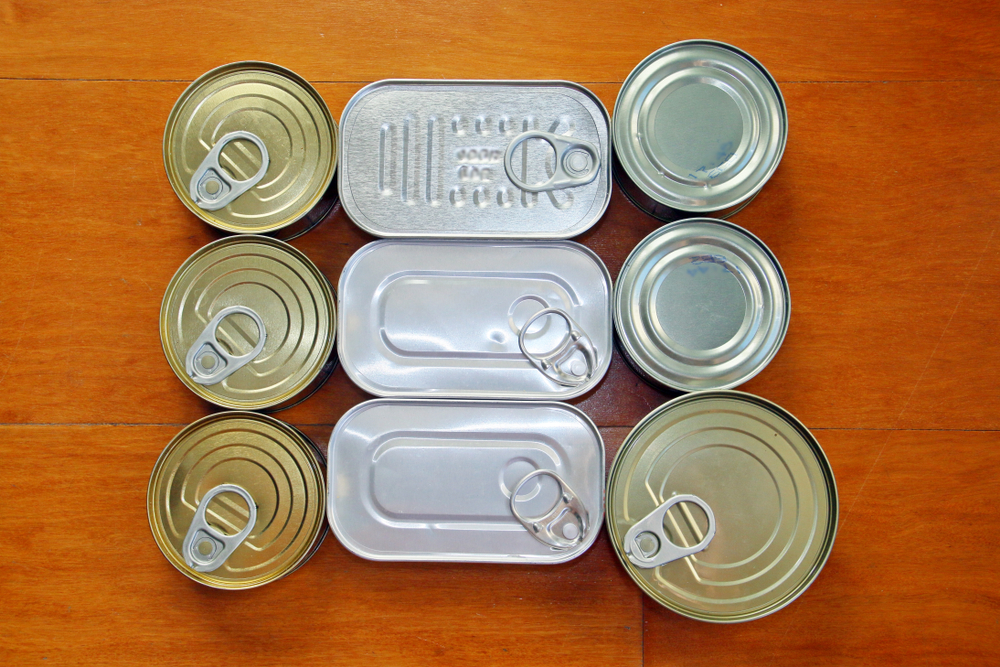
Canned foods don’t need to be refrigerated, but storing them on countertops can take up space and make the kitchen look cluttered. Keep them organized in a pantry. This helps in keeping the kitchen more organized and making it easier to find ingredients when needed.
This article originally appeared on RetailShout
More From RetailShout
10 Foods That Could Be Sabotaging Your Metabolism

If you’re trying to maintain a healthy weight, you’re probably aware of the importance of a fast metabolism. Your metabolism is the process by which your body converts food into energy, and a faster metabolism means you burn more calories even when you’re at rest. Read More.
10 Superfoods to Boost Your Smoothie’s Health Benefits
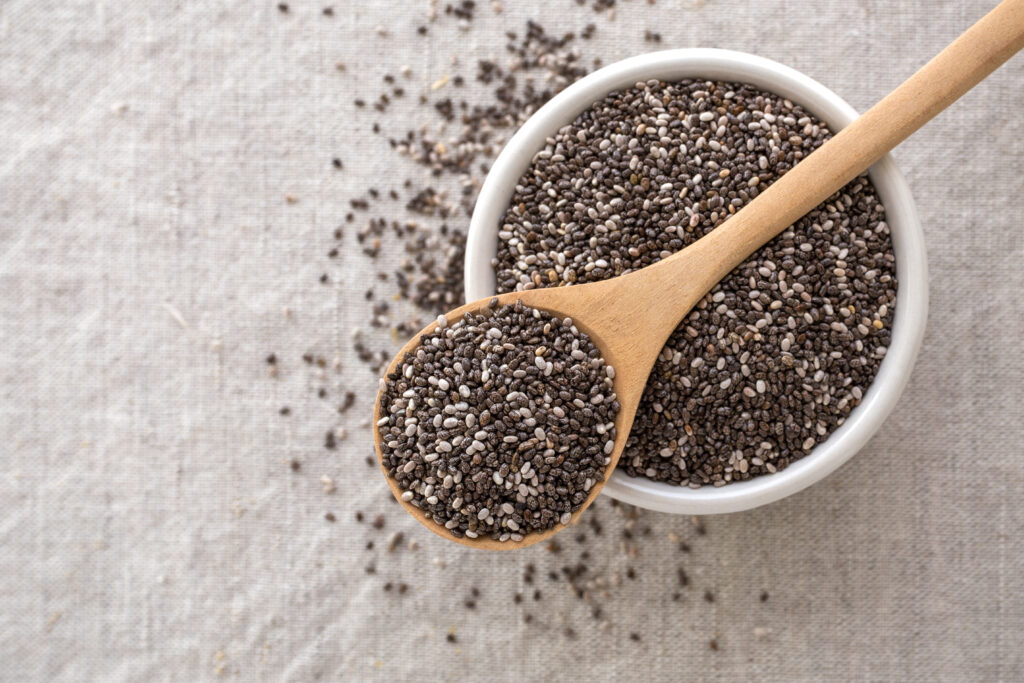
In this article, we explore 10 superfood additions that can enhance the health benefits of your smoothies. From nutrient-dense greens to antioxidant-rich berries and protein-packed seeds, these superfoods not only amp up the flavor but also provide a powerful dose of vitamins, minerals, and antioxidants. Read More.
10 Polarizing Candy Flavors You Have to Try
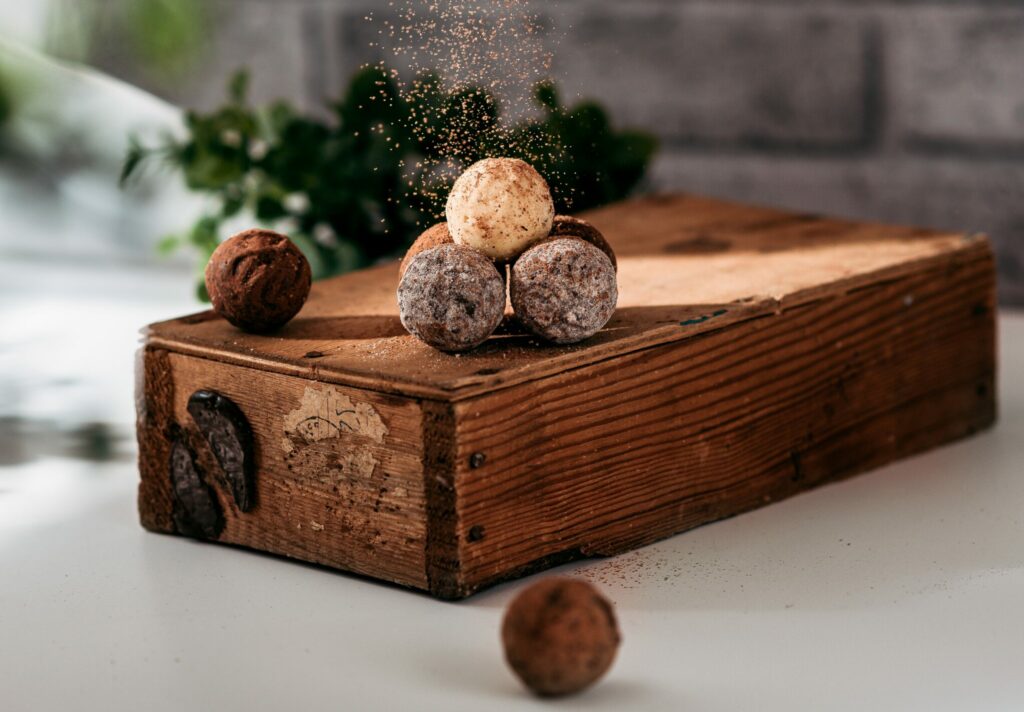
Candy is supposed to be sweet, fun, and enjoyable, but sometimes candy companies take things a bit too far in their quest to create unique and exciting flavors. From bacon-flavored jelly beans to wasabi Kit Kats, some candy flavors have left a bad taste in consumers’ mouths. Read More.


